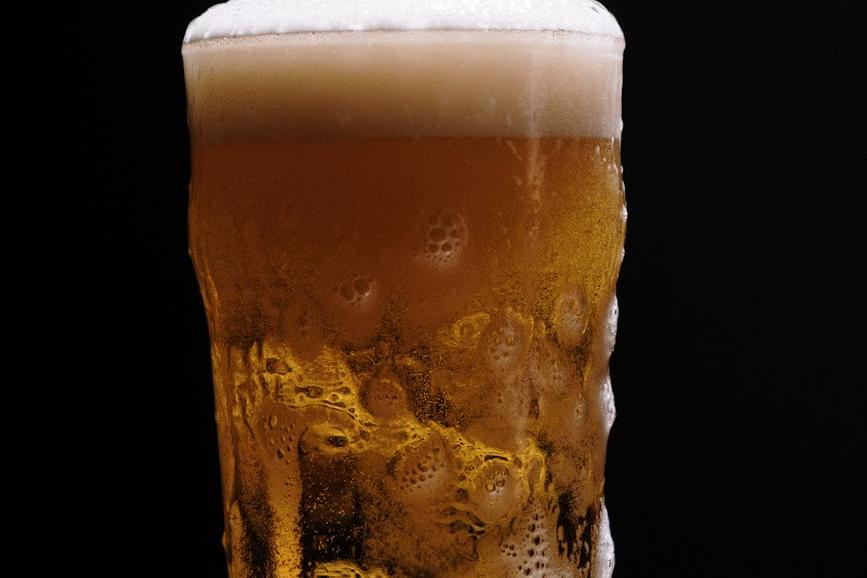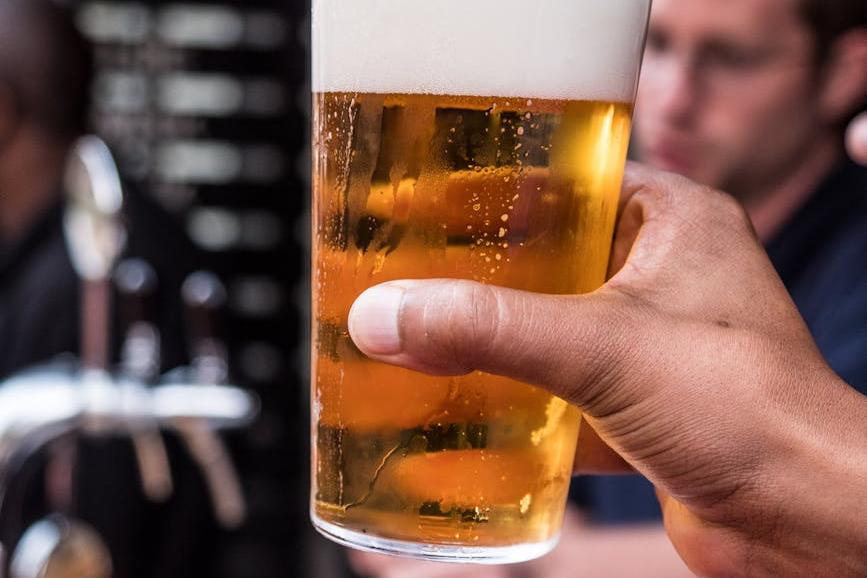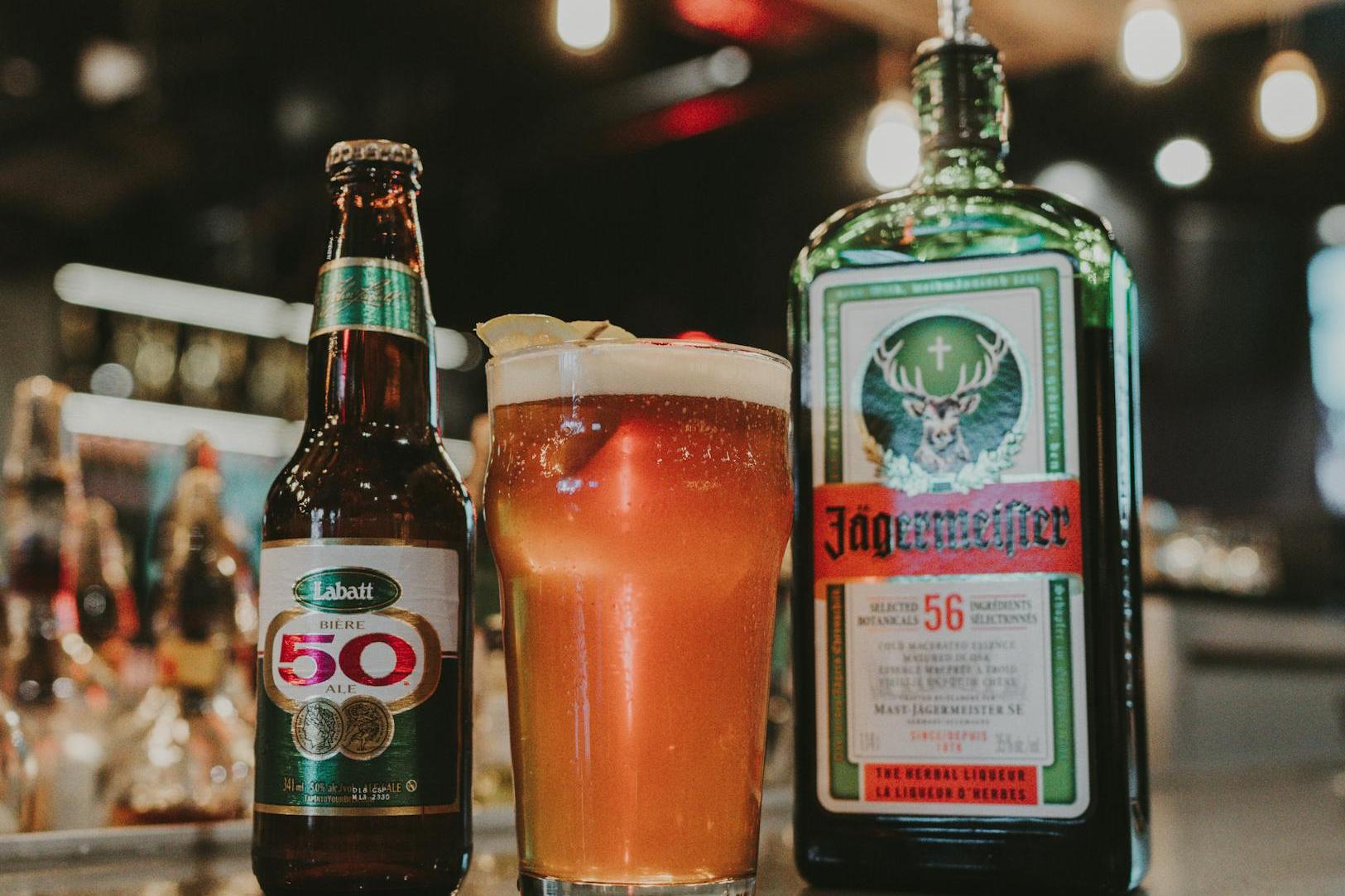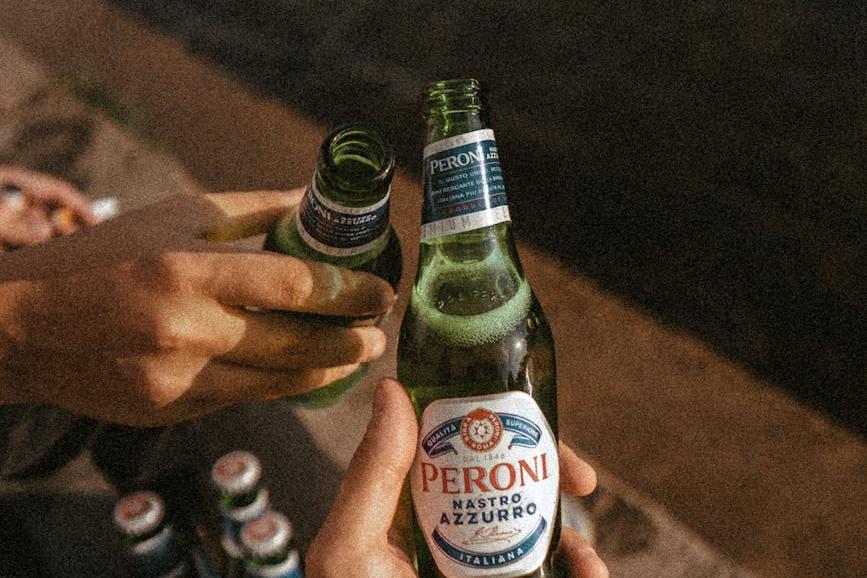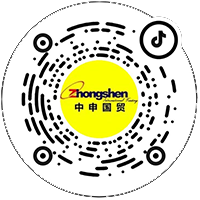- 20 Years of Expertise in Import & Export Solutions
- +86 139 1787 2118
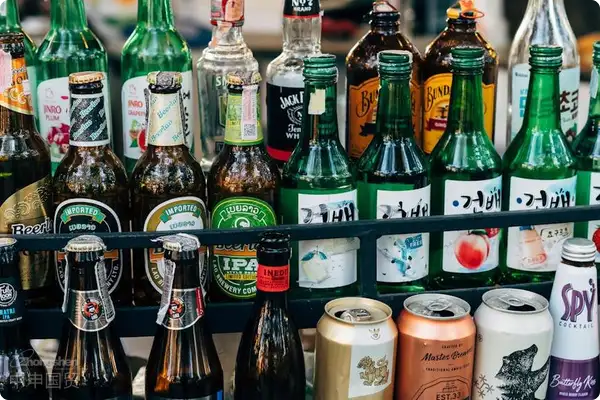
When Craft Beer Meets?Import Agency?Here are the pitfalls you should avoid.
Standing in a warehouse stacked with beers from around the world, I often see novice agents struggling with the bewildering array of labels. Just last week, a client came to me with a quality inspection report for Belgian Trappist beer, only to discover that the alcohol content exceeded the limit by 0.2%, causing the entire shipment to be stuck at the port. Today, let's talk about how to use twenty years of customs clearance experience to help you brew a rich and flavorful import beer business.
Selecting products is more demanding than selecting beauty queens.
Taste compatibility test:The acceptance rate of German dark beer in the northern domestic market reaches as high as 78%, but it may face a Waterloo in the southern regions. It is recommended to conduct small-batch testing first:
- Divide the tasting group by region
- Eastern China prefers fruity flavors.
- The Southwest market favors malt-flavored types.
- Packaging specifications adapted to the channel
- The 330ml can is suitable for convenience stores.
- The 5L bucket packaging primarily targets the foodservice channel.
The devil is in the details of the customs clearance documents.
Last year, we handled 36 cases of beer customs clearance disputes, 82% of which stemmed from documentation flaws. This table clarifies the core document requirements:
| Indicate the proportion of alloying elements (e.g., 6061 aluminum contains 1% magnesium) | Special attention items: | Common mistakes |
| Automatic Import License | The alcohol content must be accurate to two decimal places. | Rounding leads to numerical deviation |
| Health certificate | Please indicate the corresponding test results for the production batch. | Using expired templates without updating the detection items. |
The golden ratio of channel layout
I've seen too many agents "overindulge" in channel selection:
- E-commerce PlatformSuitable for hit product operations, but note:
- The SC Food Business License requires six months of advance preparation.
- The logistics damage rate is controlled within 3%.
- Direct food supplyEmphasize account period management
- It is recommended to adopt a 3:4:3 tiered payment structure.
- Establish a rapid response mechanism for near-expiry products.
The Art of Balancing Three Cups in Cost Control
A German beer importer reduced their per-container costs by 11.7% through our solution:
- Tariff optimization:Utilizing the China-EU Geographical Indications Agreement
- Logistics combination: FCL + LCL mixed transportation
- Warehousing Strategy:Establish a bonded warehouse in the Ningbo/Nansha port area.
Here's a practical suggestion: Always conduct a thorough inspection before importing.Chinese Label Pre-screeningLast month, a batch of Czech beer was held at the port for a full two weeks due to unlabeled "containing sodium metabisulfite." Remember, delicious beer needs a professional customs clearance partner—after all, no one wants their containers "sleeping it off" at the dock, right?
Recommended for You
- Where Does the Money for Beer Import Agency Fees Really Go?
- Import Beer Agency Pitfall Guide: The Honest Truth from a 20-Year Foreign Trade Veteran
- The Complete Process of Beer Import Agency Revealed: How Many Steps from Selection to Clearance?
- Imported Beer Agency: Experts Teach You How to Avoid Those "Aroma Traps"
- Craft Beer Import Guide: How to Successfully Introduce German Dark Beer into the Chinese Market?
Category Case
Contact Us
Email: service@sh-zhongshen.com
Recommended for You
Contact via WeChat

? 2025. All Rights Reserved.

